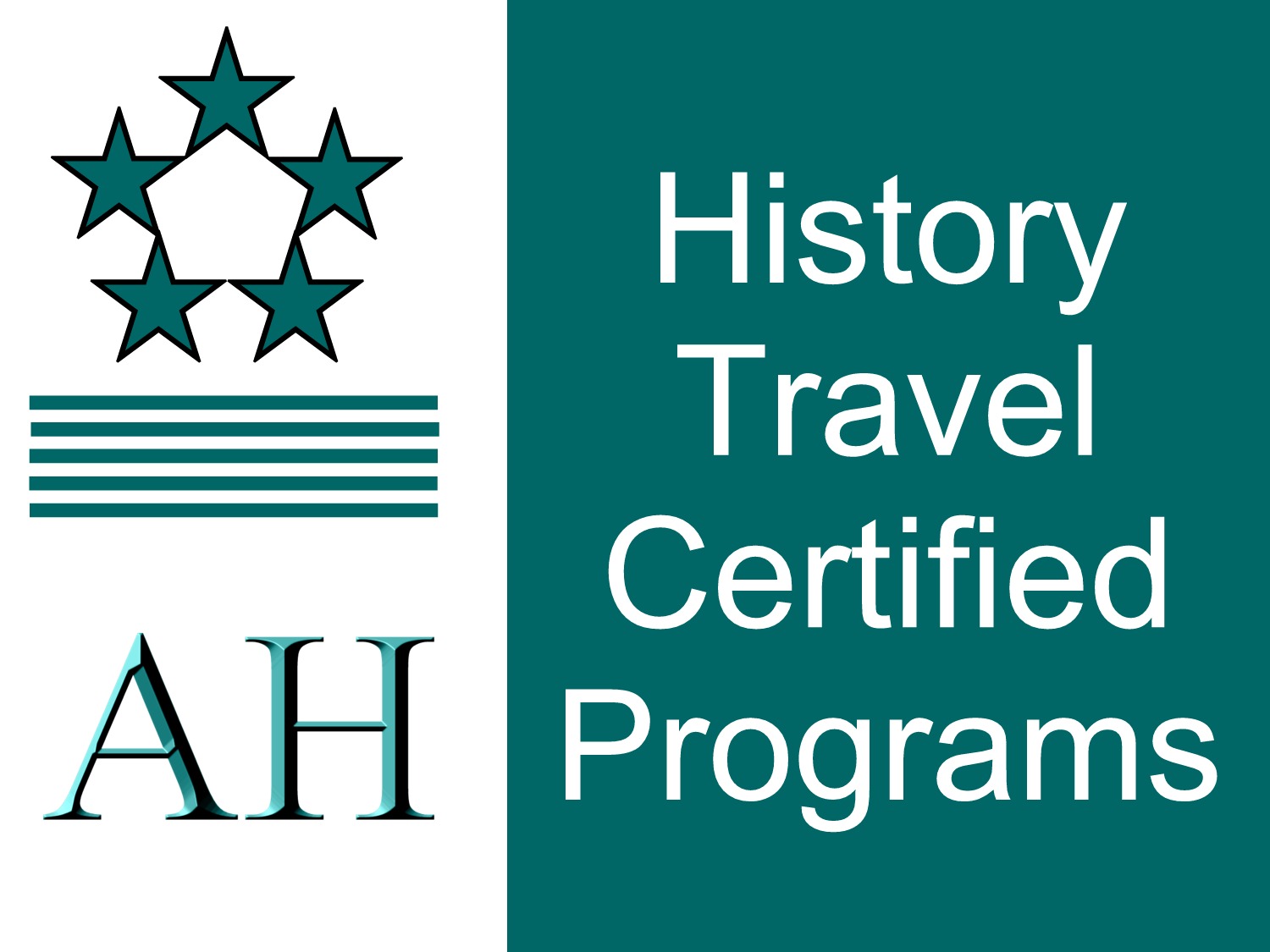
History-Conflict
The Military history of England

From Roman Wars to Afghanistan
Explore 2 thousand years of war

In the annals of British history, as the Tudor rose bloomed in England, and the Stuarts laid claim to Scotland, the complexities of governance, religion, and ambition entwined to ignite the tumultuous Scottish Civil War. It was not merely a war of arms and armies but of ideals, faith, and the very soul of a nation.
The saga truly begins in the early 17th century, as James VI of Scotland became James I of England in 1603, uniting the crowns but not the parliaments. A believer in the Divine Right of Kings, James, and later his son Charles I, attempted to bring the Church of Scotland closer to the Church of England. By the 1630s, Charles I, with the ambition of uniformity in his heart, sought to impose a new Book of Common Prayer upon the Scots. The flames of discontent were fanned when, in 1637, an attempt to use this Anglican-style prayer book led to riots in Edinburgh. The subsequent signing of the National Covenant in 1638 was not merely an assertion of religious liberty; it was a gauntlet thrown at the feet of the English monarchy.
The First Bishops' War of 1639 saw Charles I's attempts to enforce his ecclesiastical changes with military might. Opposing him, the Covenanters, led by the likes of Archibald Campbell, Earl of Argyll, and Alexander Leslie, assembled a formidable army, while Charles’s forces were under the command of figures such as the Marquess of Hamilton. The war was relatively bloodless and was concluded by the Treaty of Berwick, with Charles I seemingly capitulating to many of the Covenanter demands.
However, the flames of peace are often ephemeral. 1640 bore witness to the Second Bishops' War. Charles's forces, led by the likes of the Earl of Strafford, clashed with the Covenanter army under Leslie. The pivotal Battle of Newburn saw the Scots victorious, pushing into Northern England. This led to the Treaty of Ripon, costing Charles both pride and coffers.
Yet, the storm had not passed. The English Civil War erupted in 1642, and Scotland's Covenanters sided with the English Parliament against the King. The Solemn League and Covenant of 1643 was a testament to this alliance. Battles such as Marston Moor in 1644 saw the combined might of the Scots and Parliamentarians, under commanders like Alexander Leslie and Lord Fairfax, crush Royalist forces led by Prince Rupert.
However, alliances born of convenience are often fragile. By 1648, divisions arose. The "Engagers", Scottish factions willing to engage with Charles I for a Scottish Presbyterian monarchy across Britain, were opposed by the Kirk Party. This led to the brief but consequential Battle of Preston, where the Engagers, led by the Duke of Hamilton, were defeated by Oliver Cromwell.
Post Charles I’s execution in 1649, Scotland proclaimed Charles II King. Cromwell’s response was swift. The 1650 Battle of Dunbar, where Cromwell's New Model Army faced David Leslie's Scottish forces, was a decisive English victory. Despite this setback, Charles II's coronation in Scotland in 1651 was a symbol of defiance. Yet, the subsequent Battle of Worcester saw the young king's forces, once again under David Leslie, defeated by Cromwell.
The aftermath was one of occupation. Scotland was subjugated, with Cromwell's major-generals ensuring a ten-year union with England. Charles II's eventual restoration in 1660, however, saw the Stuarts back on the throne, but the seeds of revolution and reform had been sown.
As the smoke of battlefields faded and the ink of treaties dried, the Scottish Civil Wars, like a complex tapestry, revealed a narrative of ambition, faith, and the relentless march of change. It was an era where the thunder of cannons echoed the clamour for rights and reforms, and where leaders, whether they rode to victory or defeat, carved their names into the annals of history with sword and quill alike.
If you have a suggestion regarding additional topics you would like to see included - please let us know
Reference: Article by Greg Scott (Staff Historian), 2024
